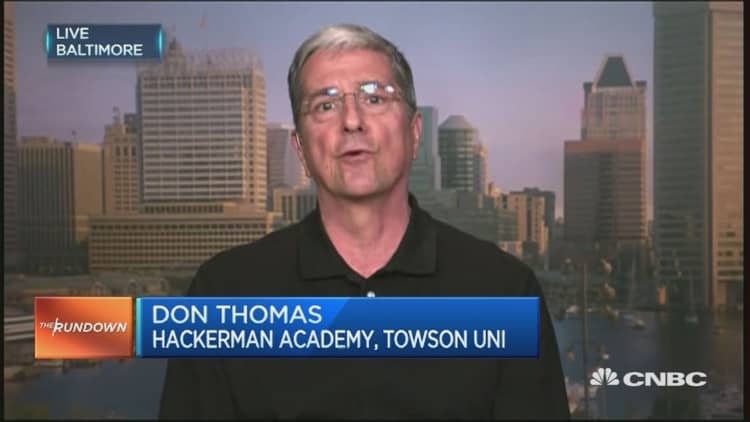
Space tourism will become increasingly affordable in the coming years as an unprecedented amount of capital gets channeled towards the sector, according to a former NASA astronaut.
"In a decade or two, going to space will be like going on an exotic vacation to Antarctica," said Don Thomas, who has traveled on four space shuttle missions during his 20-year career at NASA.
A look at accredited tour agencies such as G Adventures reveals prices to Antarctica start from $5,699 for an 11-day journey, excluding air fare.
"As more companies enter the space tourism business and as we develop new technologies, prices will come down," added Thomas, who is currently a physics professor at Towsen University.
That process is already underway.
A look at recent data indicates private investors are remarkably bullish on space tourism, which could result in the commercialization and development of cheaper technologies.
"Nearly twice as much venture capital ($1.8 billion) was invested in space in 2015 than in the prior 15 years, combined. More than 50 venture capital firms invested in space deals in 2015, the most in any year during the 15-year study period (2000-2015)," U.S. consultancy The Tauri Group said in a February release.
66 percent of investors in space companies are based in the U.S., with California home to half of these investors, it added.
This week alone saw significant progress in the future of space tourism. On Sunday, Elon Musk's SpaceX-operated Dragon capsule successfully delivered an "expandable habitat" that could serve as a future space hotel to the International Space Station.
Called the Bigelow Expandable Activity Module, or BEAM, the habitat will be filled with air to expand to four and a half times to become 4 meters wide and 3.2 meters tall, NASA explained.
"Expandable habitats greatly decrease the amount of transport volume for future space missions. They are lightweight and require minimal payload volume on a rocket, but expand after being deployed in space to potentially provide a comfortable area for astronauts to live and work. They also provide a varying degree of protection from solar and cosmic radiation, space debris, atomic oxygen, ultraviolet radiation and other elements of the space environment," the organization said.
NASA estimates the global space economy already generates more than $300 billion a year.
Low-cost solutions for space travel are already being developed, Thomas noted.
"In just a few short years ahead, I think companies like SpaceX and Blue Origins will be launching people on mini-shuttles. They will go up to 85 miles above the earth, and these flights will be in the ballpark of $150-200,000."
There are also companies working on a cheaper solution: high altitude balloons.
In October, Arizona-based World View Enterprises announced that it developed a pressurized capsule attached to a giant helium-filled balloon that can take six customers and two crew members to an altitude of 30,500 meters.
The price tag? $75,000 per seat.


